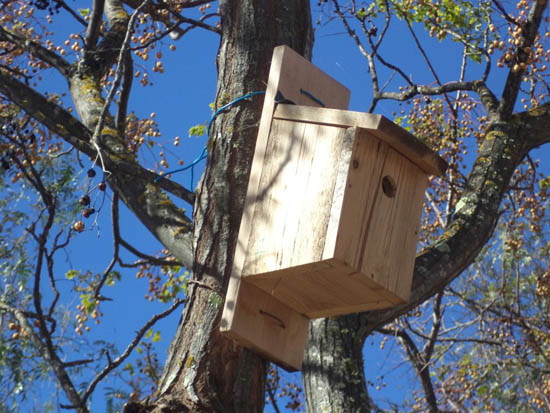 In the first months of the year, the Municipality of Albufeira has already placed 76 titmouse nests in various green spaces in the municipality, namely in public gardens, schools and in two hotels that wanted to join the Municipality as project partners (Epic Sana Algarve and Aparthotel Alto da Colina).
In the first months of the year, the Municipality of Albufeira has already placed 76 titmouse nests in various green spaces in the municipality, namely in public gardens, schools and in two hotels that wanted to join the Municipality as project partners (Epic Sana Algarve and Aparthotel Alto da Colina).
The Chapim Project was implemented at the end of 2013, with the objective of controlling the proliferation of the pine caterpillar (processionary).
The Autarchy intends, in this way, to combine the biological control of the processionary with the various actions provided for in the Municipal Plan for Disinfestations.
So far, the balance is «very positive», guarantees the City Council of Albufeira. Thus, in 2014, of the 56 nests initially placed, 21 were occupied by titmice, with some recording more than one egg laying, which resulted in an average of six new titmouse chicks per nest.
This year, there are 76 nests placed, some in the occupation phase and others already with tit chicks, which will soon be ready to fly out of the nest and intensify their favorite diet, the processionary caterpillars.
The project also has an important educational aspect with regard to the preservation of habitats and biodiversity. At the beginning of each school year, educational establishments that signed up for the activity receive a lecture, which aims to make students and teachers get to know the most frequent species of titmice and their importance in nature, particularly as predators of the pine caterpillar.
In parallel, they learn to build nests and feeders.
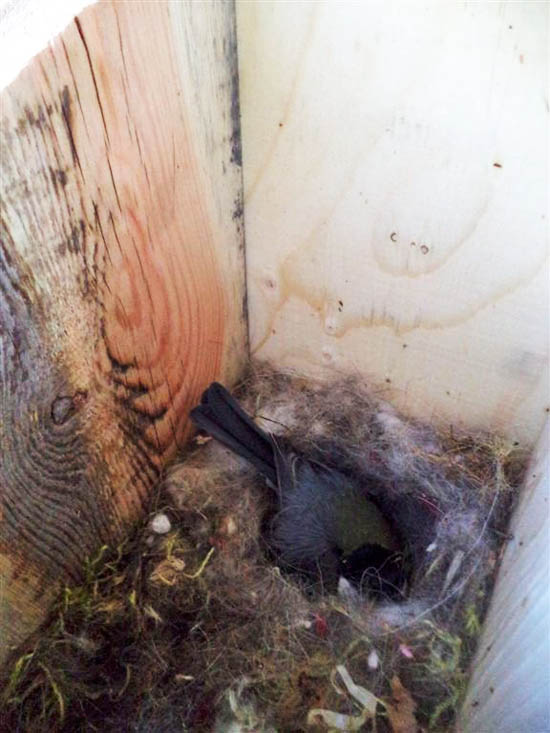 In addition, from time to time, technicians from the Environment, Urban Hygiene and Green Spaces Division gather participants to periodically observe the nest in each school and record observations in a field notebook provided by the Municipality.
In addition, from time to time, technicians from the Environment, Urban Hygiene and Green Spaces Division gather participants to periodically observe the nest in each school and record observations in a field notebook provided by the Municipality.
According to Vice President José Carlos Rolo,“ this is a project that combines innovation, education and the environment, essential pillars of sustainable development. Integrating and comprehensive, this project aims, above all, to involve all members of society, from students, parents, teachers and local entities, in education for a sustainable environment”.
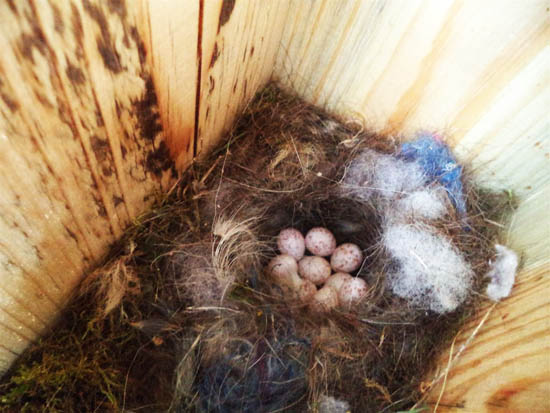
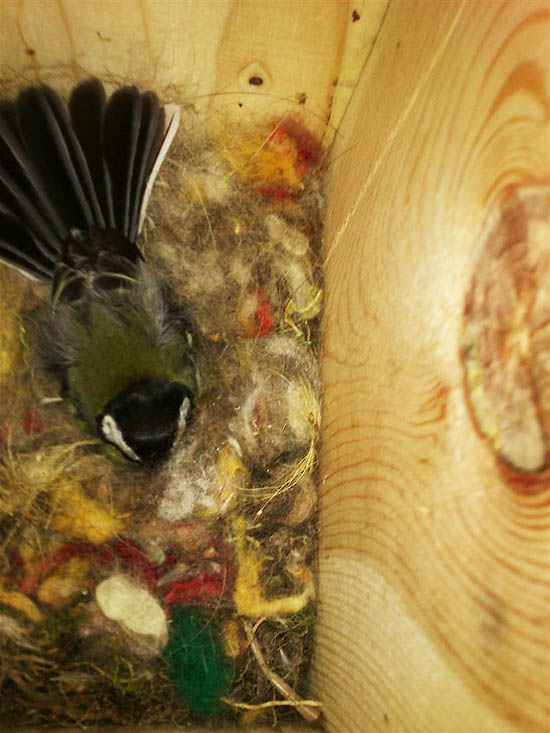
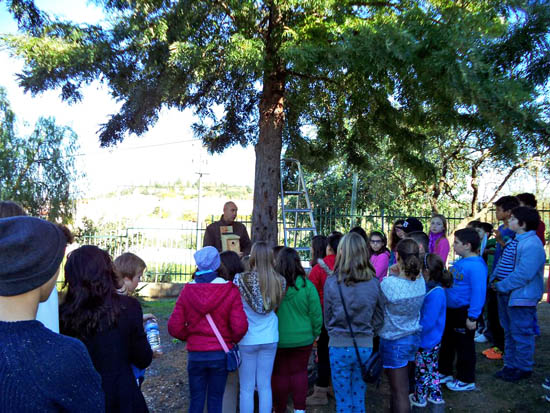


















Comments